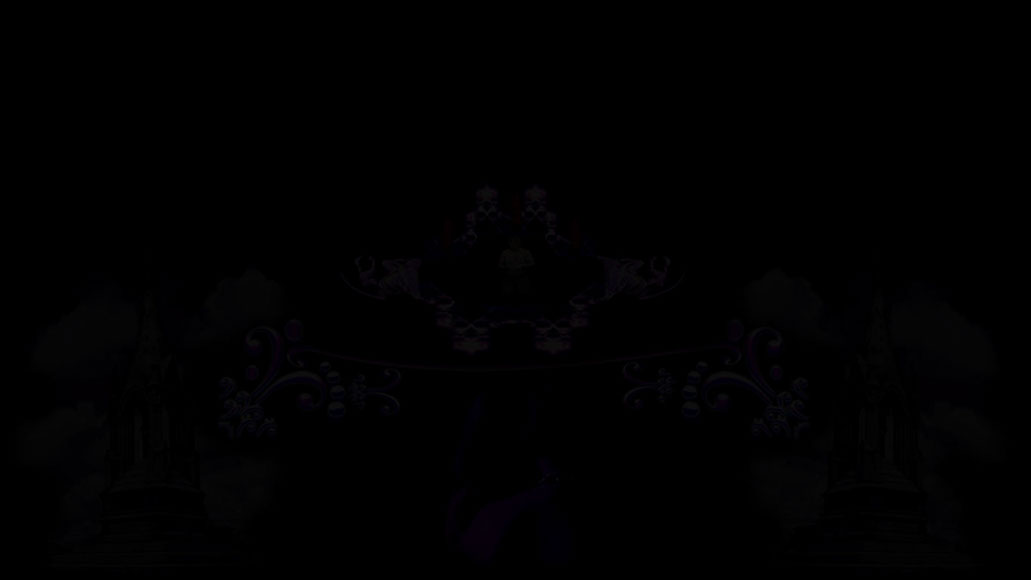







Particles as an artistic medium transcends the idea of "art imitating life and life imitating art". In all manners of life, all things are made up from particles. The idea of particle art work is to take minute pieces or smaller systems and develop them into larger systems of aesthetically pleasing pieces of work.
Predominantly in computer art, particle systems refer to instanced reference points used to generate phenomena. Phenomena commonly refers to systems which include fire, smoke, fog, water, explosions, meteors, dust, fairy sparkles, etc. However, with the use of procedural 3D systems particles can be used as instance references for any type of geometric representation. Thus the use of crowd simulations, dynamic particle interaction and the formations of enormous geometric systems can be accomplished.
As a Particles Artist, the realm of possibilities for creation and expression is endless. Particles can birth new particles, react in and out with geometry, have geometry react to them, with no limits to their functionality. The expression of particles in art is the ability to aesthetically please a visual appetite with the fluidity of movement that can only be accomplished with the controlled randomness of a particle simulation.
In the early 1800's scientific observations were done on color, optical effects and ideas in perception. These theories were taken in and applied to artistic works developing the forms known as Pointillism and Neoimpressionism. An art language developed by Georges-Pierre Seurat named Chromoluminarism denotes perceptions of imagery can be expressed using lines of colors in varying intensity and color schema. This language holds true today in the use of particles to create a visual impact. Using layered particle systems within this language, visual epics can be achieved with many delightful outcomes.
The use of this language in computer graphics would not be possible if it were not for scientists like Jim Blinn that developed functions leading into environment and bump mapping. These techniques give color and life all manner of CG. The techniques to perform this art is more than just mathematical, it is visionary, and to watch a load of hard mathematical facts create soft and sometimes chaotic pieces is mind-expanding.
The expression of artistic emotion while working with particles is left to the individual artist. The base idea of using particles or dots all stem from the idea of breaking things down to their simplest form, and then developing an complex composition using simple parts. Particles Art rewards the artist with the notion of an art piece taking on life and growing on command. Watching the tiniest part of something form a beautiful arrangement is breath-taking and exhilerating.
Particle Water Fountain
